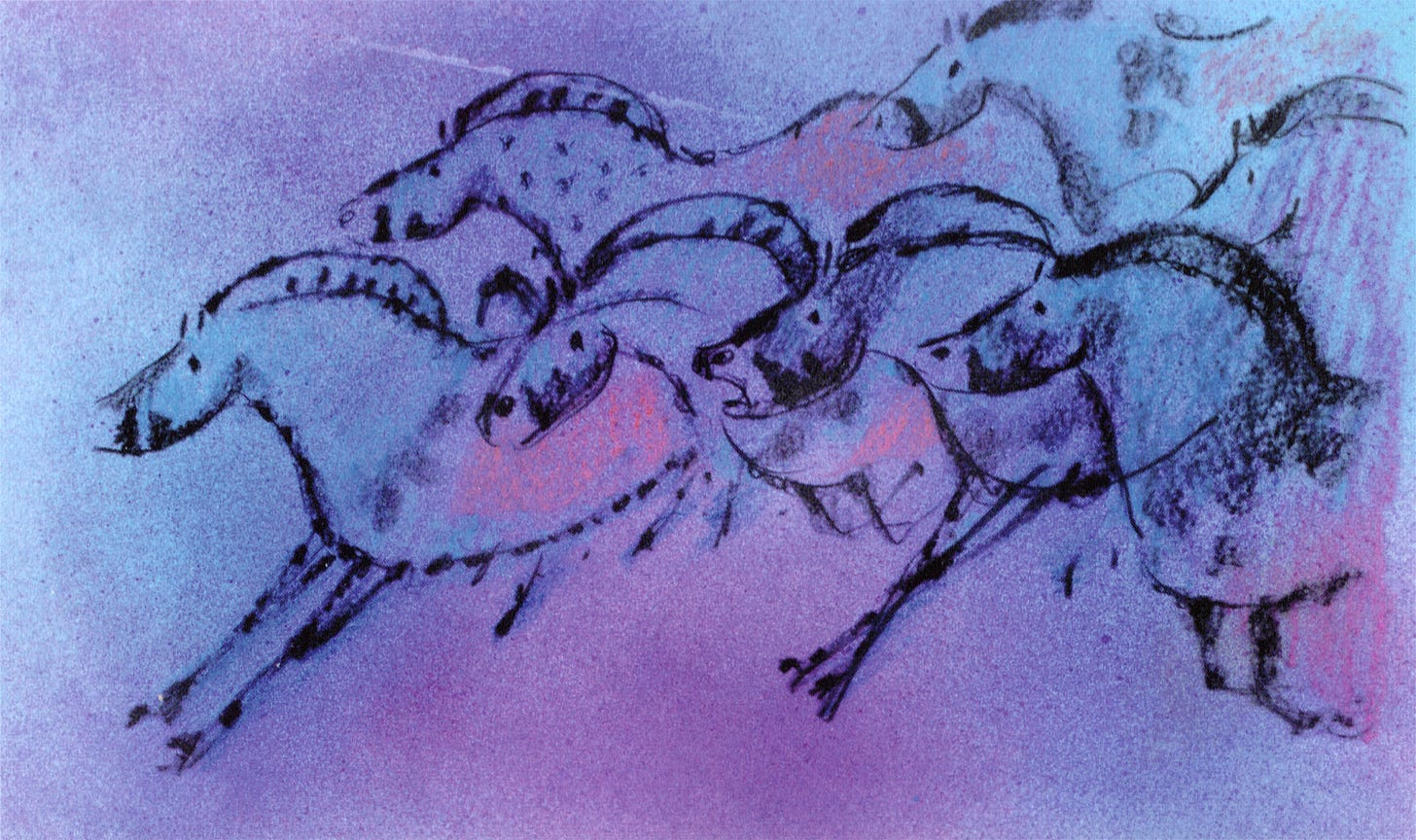Dreaming and Fighting
Welcome! Thanks for joining us — we hope you’re hanging in there.
The majority of Animation Obsessive readers don’t live in the United States. Many do, though, and this week’s American news has been hard. For the folks frustrated and dispirited (like we are) by the 2024 election results, we want to talk a little bit about something important to us.
In times like these, it’s tempting to view art as a mere distraction from the world’s problems. A distraction that invites complacency, and through complacency allows said problems to get worse. And it’s true that art can be that — simply an escape. But we believe it can be much more, too. Art can matter deeply.
In fact, we think of it as a pursuit for people who dream and people who fight.
People like Frédéric Back, who gave everything, even one of his eyes, to craft beautiful films that carry his environmental message. People like Tissa David, who kept animating as World War II destroyed Budapest around her. Like Hayao Miyazaki and Jiří Trnka, who protested the dark trends of their eras. Like Lin Wenxiao, who answered years of state persecution by getting back to work on films with meaning.
And like the creators of Fatenah, who overcame limited money and the conditions of the West Bank to tell a Gazan woman’s story.
Even when artists don’t explicitly promote a cause, the struggle to make valuable things — things with humanity, meaning and truth in them — is itself a form of agitation for a better world. It reveals to the audience what can and could be.
Early in his directing career, Miyazaki said:
Because cartoons are fake, they disarm viewers, making them think that they’re “just cartoons.” Liberated from reality and relaxed, viewers … may find that the experience evokes secret hopes and longings in themselves. They may start feeling braver and more heroic, more generous in spirit. And then they may also find that they feel a little more energized, or that their lover’s face looks even prettier than it did before. … I want to create the sort of film that a young boy sees in a theater and then goes home from so amazed he’s temporarily rendered speechless; he doesn’t say anything to anyone out of fear that he’ll dilute the experience. I want to make a film that creates such a sense of yearning and admiration that it brings people to tears. That’s the sort of film I’d like to make someday.1
This newsletter is about artists who try to make work that affects people. Artists who fight and dream. Our hope, always, is that their stories will provide ideas, motivation and tools to other fighters and dreamers around the world.
The social purpose of our project isn’t changing. Our response to the election is to keep telling these stories — and to get even more intentional about our goals. What we publish is our own small push for better. We still believe in the power of art.
That said, it doesn’t feel quite right to jump into a regular issue today. So, before we go, there’s just one more thing we want to share, tied to the same themes.
An artist named Pavao Štalter released a passion project, The Masque of the Red Death, in the late ‘60s. Across more than two years, working mostly alone in subpar conditions, he built a lushly realized, slow-burn masterpiece of animated horror. Its story — about the suffering of the poor and the inevitable downfall of the corrupt and powerful — feels more relevant than ever.
Štalter’s foundation was an unorthodox storyboard that, during the ‘60s, was exhibited at the Museum of Modern Art.2 You can now read the whole thing here, taken from an old, out-of-print book released in Yugoslavia.
Masque is a special film whose creativity can inspire today. And Štalter’s loose storyboards speak to a still-ongoing debate — about how complicated or standardized boards really need to be. Many paths exist in animation beyond the expected one. Many kinds of stories are possible, in many forms, with many processes. By showing one alternate path, Masque hints at a thousand others.
We’ll be back on Sunday with a more normal issue. Thank you for sticking with us as we work through these things. To anyone else concerned about the news: please don’t give up. Valuable art always matters, and that’s true especially in challenging times.
Until next time!
From Starting Point 1979–1996 (“Speaking of Conan”).
See the MoMA’s page for The Art of the Animator: The Storyboard.


This was helpful to read… gutted not only about the political state but Scavengers Reign being cancelled.
This newsletter is a blessing, and a constant resource for my creatively-dry ass. I empathize with your message and look forward to jumping back in on Sunday. We’re counting the good things in life after Tuesday, and this is one of them